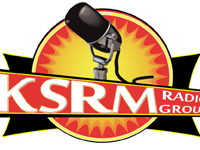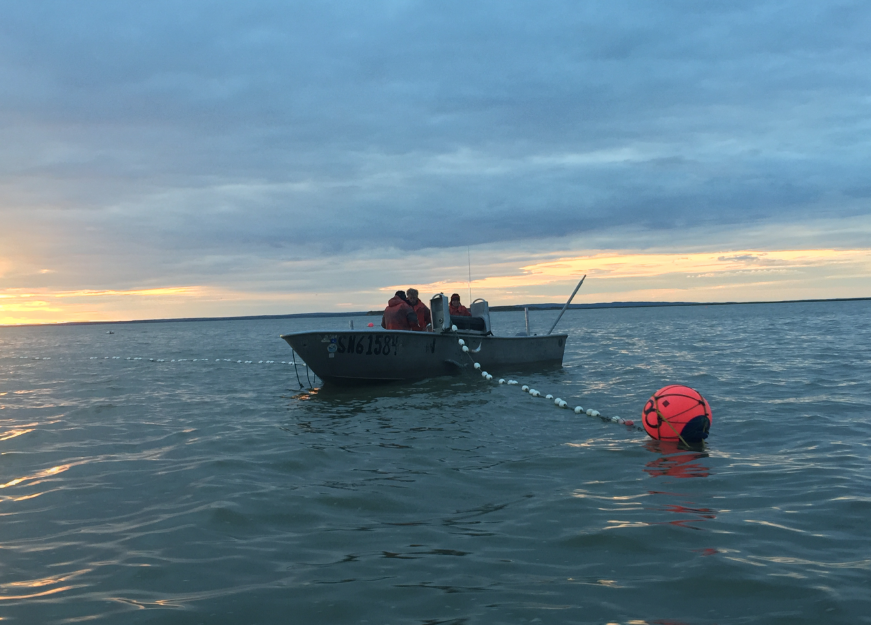The initial draft spend plan for the 2021-2022 Upper Cook Inlet East Side set gillnet fisheries disaster relief has been opened for public comment and will remain open until July 24, 2024. The State of Alaska, in consultation with stakeholders and NOAA’s National Marine Fisheries Service, drafted the initial spend plan. This will be the first of three spend plan drafts, following public comment periods for the first a second drafts.
According to the Alaska Department of Fish and Game website, the U.S. Secretary of Commerce on Apr. 8 made a disaster determination for the 2021 and 2022 Upper Cook Inlet East Side Set Net salmon fisheries under the Magnuson-Stevens Fishery Conservation and Management Act in response to Governor Dunleavy’s request on October 12, 2023. Then, On June 21, NOAA Fisheries allocated $11,484,675 to address losses to the affected management areas.
The spend plan informs the federal grant application submitted by the Pacific States Marine Fisheries Commission (PSMFC) to NOAA Fisheries and is subject to change based on approval of the final grant.
“The funds are intended to help both fishery participants harmed from the disaster as well as improving fishery information and improving communities and developing management approaches to, basically, mitigate future disasters,” said Darion Jones from the Department of Fish and Game Fisheries Disaster division.
According to Jones, a portion of disaster relief funds are divided amongst “participants like harvesters…that have suffered from that loss as well through the loss of their fish taxes.” The rest of the funds are allocated to research for management planning and approaches to avoid future disasters. Jones said approximately 10% of the funds go to research, 3-5% go to communities, and the remainder is allocated to harvesters and processors.
Public comment is an important part of the drafting process, Jones said, as comments are taken into consideration as the first a second revisions of the relief fund spend plan are formulated.
“We welcome public comment for this spend plan in general,” said Jones. “How the funds are allocated, if the processors are receiving a larger portion than the harvesters believe they should because there were other fisheries that were open and maybe the processors didn’t experience as much of a loss. We don’t know those things. So, it’s good to have public comment from the actual harvesters and the participants of the fishery.”
Comments should be received by July 24, 2024, to be considered for the second draft of the spend plan. A second draft of the spend plan will be available for public comment before the plan is finalized.
Comments can be submitted by email to: dfg.com.fisheriesdisasters@alaska.gov

